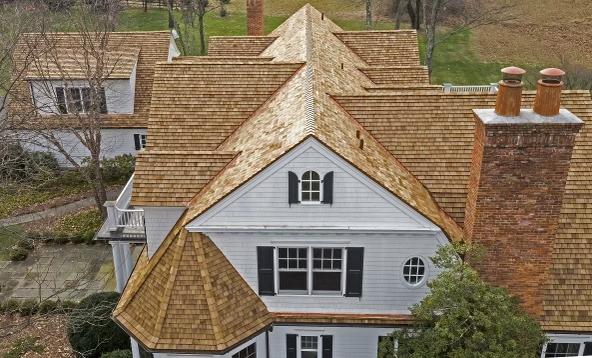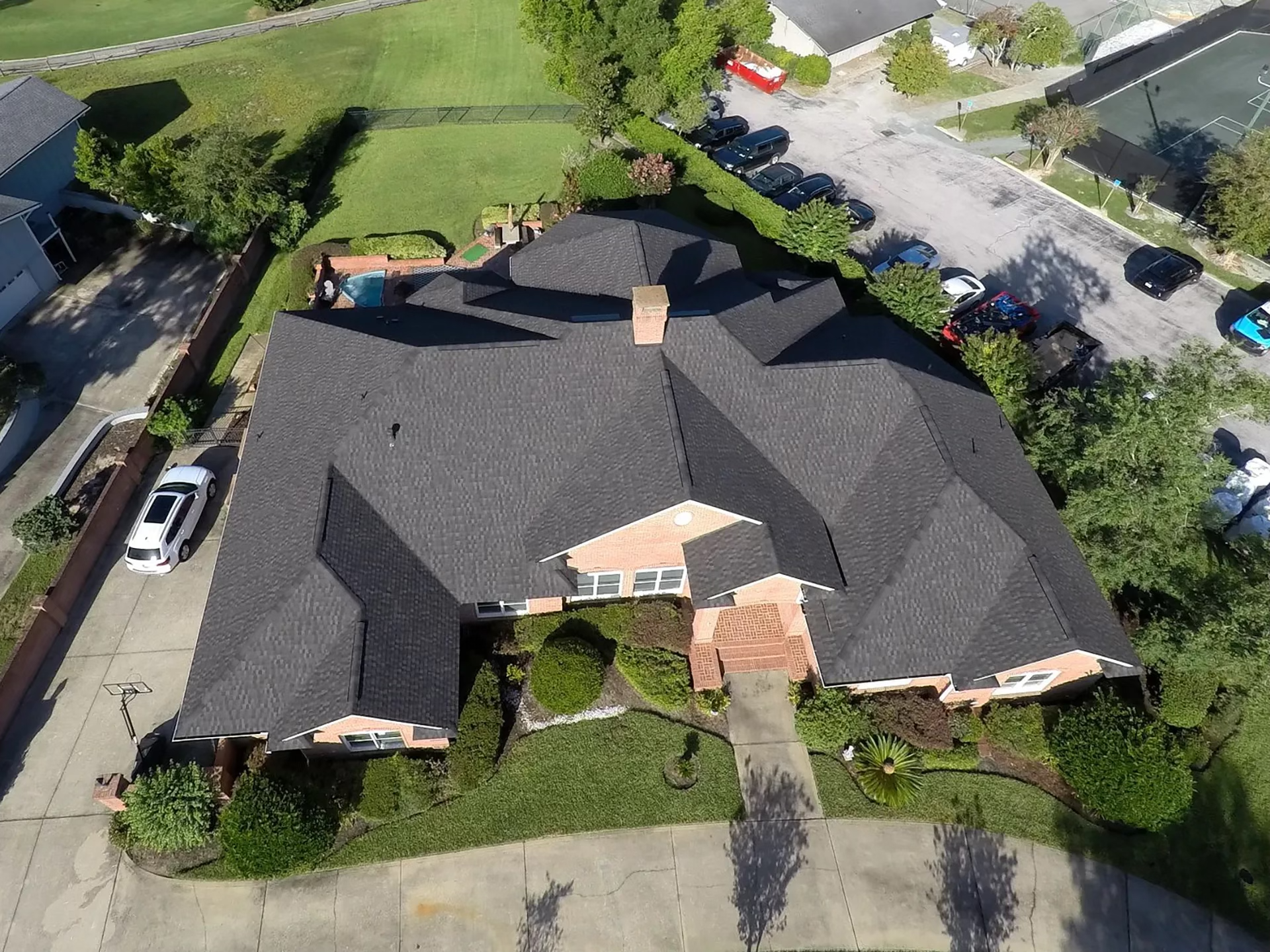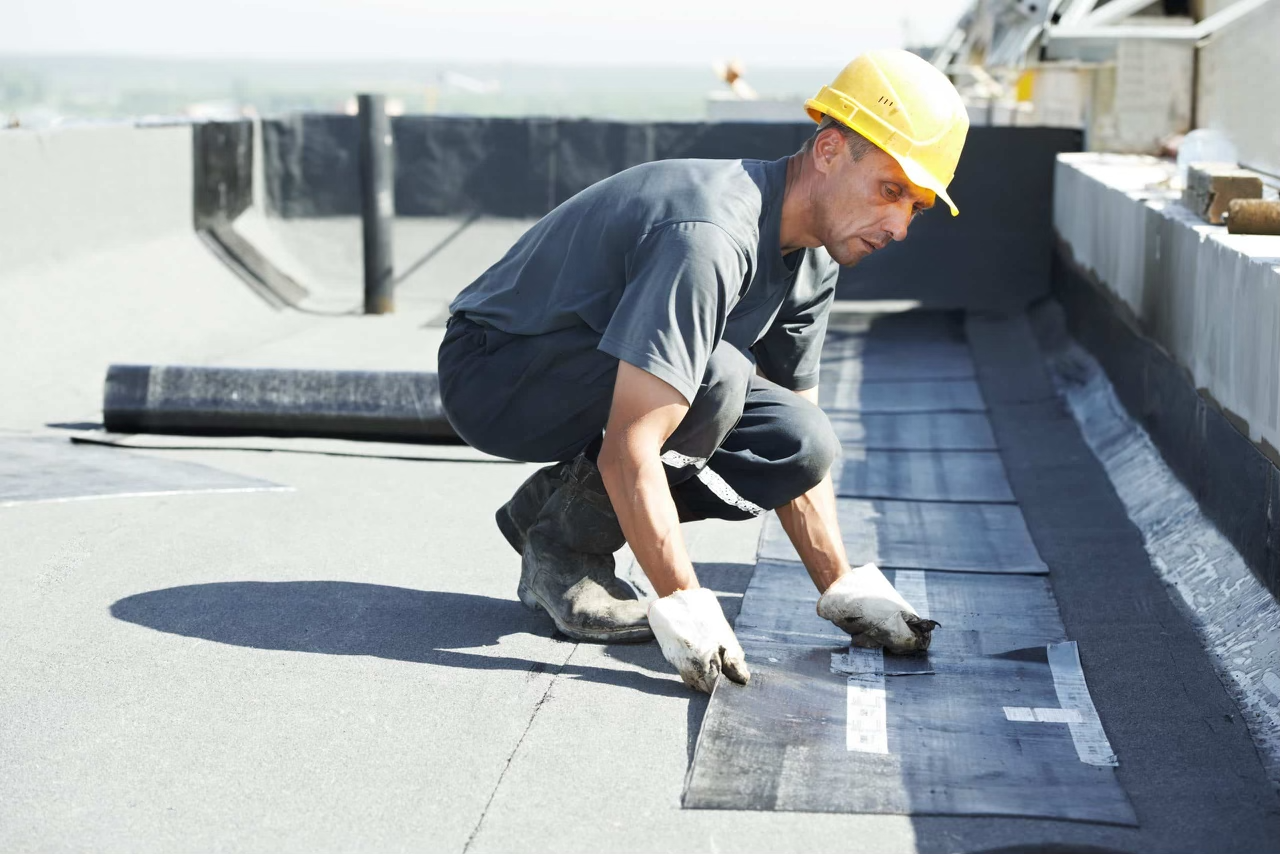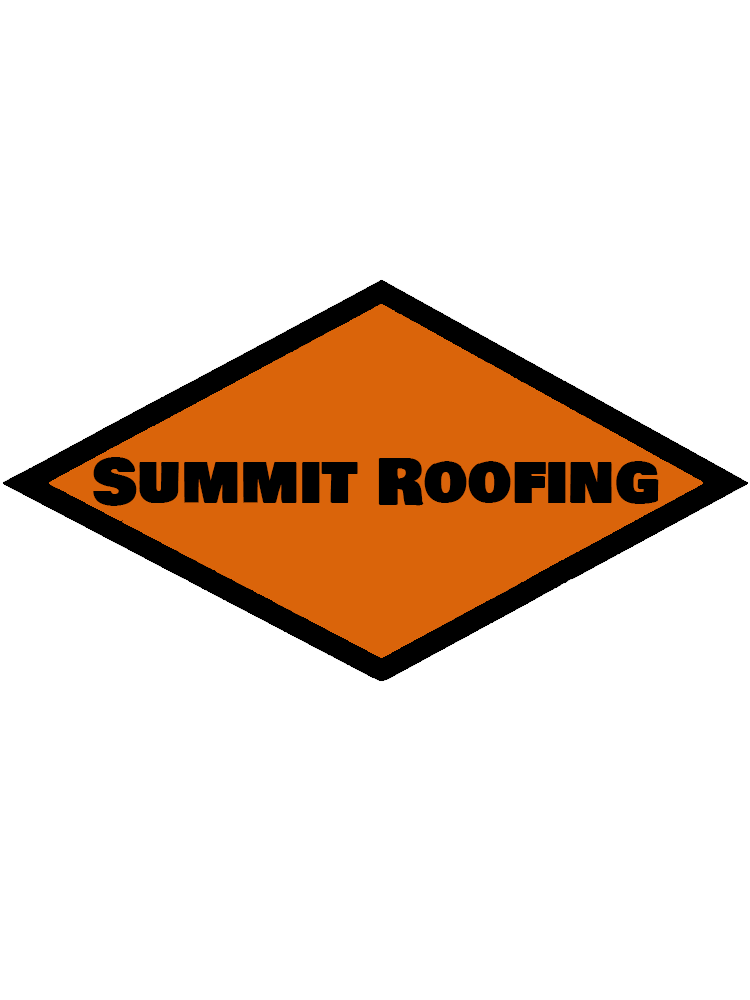Fall Roof Maintenance Guide for Columbus and Atlanta Homeowners: Prepare Your Roof for Winter
Essential fall roof maintenance checklist for Columbus and Atlanta area homeowners. Learn how to prepare your roof for winter weather and prevent costly damage with expert tips from local roofing professionals serving Georgia and Alabama.

Summit Roofing Team
Expert Authors

Key Takeaways
- Learn essential maintenance tips for Alabama and Georgia's unique climate
- Understand seasonal maintenance schedules and priorities
- Identify when to DIY vs. when to call professionals
- Save money through preventive care and early problem detection
As autumn arrives in Columbus and Atlanta, the changing leaves aren't the only thing homeowners should be paying attention to. Fall is the critical season for roof maintenance in Georgia and Alabama, serving as the essential bridge between summer's heat and humidity and winter's unpredictable weather patterns. A comprehensive fall roof maintenance routine can prevent thousands of dollars in emergency repairs and ensure your home stays protected throughout the colder months ahead.
This detailed guide provides Columbus and Atlanta area homeowners with everything you need to know about fall roof maintenance, seasonal preparation, and professional services to keep your home protected year-round.
Understanding Fall Weather Challenges in Columbus and Atlanta
Columbus, Georgia's Unique Climate Patterns
Columbus, located in west-central Georgia along the Alabama border, experiences a humid subtropical climate with distinct seasonal transitions that significantly impact roofing systems. The fall season brings unique challenges that homeowners must address proactively.
Fall Weather Statistics for Columbus:
Atlanta Metro Area's Fall Climate
Atlanta and the surrounding communities—including Marietta, Roswell, Alpharetta, Decatur, Sandy Springs, Dunwoody, and Smyrna, and Buckhead—face similar fall weather patterns with some regional variations.
Atlanta Fall Weather Characteristics:
Why Fall Maintenance Is Critical:
Summer Damage Assessment:
After months of intense heat, UV exposure, and summer storms, your roof may have sustained damage that needs attention before winter arrives. Fall maintenance identifies these issues while weather conditions are still favorable for repairs.
Winter Preparation:
Columbus and Atlanta winters, while milder than northern states, still bring freezing temperatures, ice storms, and heavy rainfall. Preparing your roof in fall prevents winter emergencies and costly damage.
Optimal Repair Conditions:
Fall's moderate temperatures and lower humidity create ideal conditions for roofing work. Shingles seal properly, adhesives cure correctly, and contractors can work efficiently before winter weather arrives.
Debris Management:
Fall's abundant leaf drop requires proactive maintenance to prevent gutter clogs, water backup, and moisture damage that can compromise your roof's integrity.
Comprehensive Fall Roof Maintenance Checklist
Exterior Roof Assessment
1. Post-Summer Shingle Evaluation
Summer's intense heat and UV exposure can cause significant shingle deterioration that becomes apparent in fall. A thorough shingle inspection should examine:
Critical Shingle Issues to Identify:
Action Steps:
2. Gutter System Fall Preparation
Fall gutter maintenance is perhaps the most critical seasonal task for Columbus and Atlanta homeowners due to abundant leaf coverage throughout both regions.
Comprehensive Gutter Maintenance:
Initial Cleaning:
Structural Inspection:
Downspout Optimization:
Gutter Guard Consideration:
Ongoing Fall Maintenance:
3. Flashing Inspection and Weatherproofing
Fall's temperature fluctuations can reveal flashing issues that may have developed during summer or could worsen during winter freeze-thaw cycles.
Critical Flashing Locations:
Chimney Flashing:
Vent Pipe Flashing:
Valley Flashing:
Skylight Flashing:
4. Tree and Vegetation Management
Columbus and Atlanta's abundant tree coverage provides beautiful shade but requires proactive fall management to protect your roof.
Fall Tree Maintenance Priorities:
Overhanging Branch Removal:
Leaf Management Strategy:
Moss and Algae Treatment:
5. Roof Ventilation System Assessment
Proper attic ventilation becomes increasingly important as temperatures drop and heating systems activate, creating greater temperature differentials between attic and outdoor air.
Ventilation Components to Inspect:
Intake Ventilation:
Exhaust Ventilation:
Ventilation Performance:
Interior Roof Inspection
1. Attic Examination
Your attic provides crucial insights into roof condition and potential problems that aren't visible from outside.
Critical Attic Inspection Points:
Water Damage Assessment:
Structural Evaluation:
Insulation Assessment:
Pest Intrusion Signs:
2. Interior Ceiling and Wall Inspection
Interior signs of roof problems often appear before exterior damage becomes obvious, making fall inspection critical.
Interior Warning Signs:
Fall-Specific Roofing Concerns for Columbus and Atlanta
Hurricane and Tropical Storm Preparation
Columbus and Atlanta, while inland, frequently experience remnants of Gulf Coast and Atlantic hurricanes during fall months.
Storm Preparation Checklist
Pre-Storm Actions:
Post-Storm Assessment:
Temperature Fluctuation Management
Fall's dramatic temperature swings between warm days and cool nights create unique challenges for roofing systems.
Thermal Stress Issues
Expansion and Contraction:
Mitigation Strategies:
Condensation and Moisture Control
As outdoor temperatures drop and heating systems activate, condensation risk increases significantly in attic spaces.
Condensation Prevention
Causes and Solutions:
Professional vs. DIY Fall Maintenance
Safe DIY Fall Maintenance Tasks
Homeowners can safely perform these fall maintenance activities:
Ground-Level Tasks:
Safety Requirements:
When to Call Professional Roofers
Contact Summit Roofing Professionals for these critical services:
Professional Roof Inspection Services:
Professional Maintenance Services:
Fall Maintenance Cost Considerations
Investment in Preventive Care
Understanding fall maintenance costs helps homeowners budget appropriately and avoid expensive emergency repairs during winter.
Professional Fall Inspection Costs
Columbus and Atlanta Metro Area Pricing:
Common Fall Maintenance and Repair Costs
Typical Fall Maintenance Investments:
Cost of Neglecting Fall Maintenance
Potential Expenses from Delayed Maintenance:
Energy Efficiency and Fall Preparation
Insulation Optimization for Winter
Fall is the ideal time to upgrade attic insulation before heating season begins in earnest.
Recommended Insulation Levels
Columbus and Atlanta Area Standards:
Energy Savings Benefits
Insulation Upgrade Benefits:
Ventilation Performance for Winter
Proper attic ventilation provides critical benefits during winter months when temperature differentials are greatest.
Winter Ventilation Benefits
Performance Advantages:
Long-Term Fall Maintenance Strategy
Annual Fall Maintenance Schedule
Establish a comprehensive fall maintenance routine for optimal roof protection:
Early Fall (September):
Mid-Fall (October):
Late Fall (November):
Choosing the Right Columbus or Atlanta Roofing Professional
What to Look for in Local Roofing Contractors:
Credentials and Certifications:
Service Quality Indicators:
Local Knowledge:
Conclusion
Fall roof maintenance is essential for Columbus and Atlanta area homeowners preparing for winter weather and protecting their home investment. The combination of post-summer damage assessment, winter preparation, and preventive maintenance ensures your roof provides reliable protection throughout the season.
By following this comprehensive fall maintenance guide, you can minimize the risk of winter roof damage, reduce energy costs, and ensure your family stays warm and dry throughout the season. Remember that some tasks are best left to professionals—when in doubt, contact the certified experts at Summit Roofing Professionals for assessment and repairs.
Ready to prepare your roof for winter? Contact Summit Roofing Professionals today for comprehensive fall roof inspection and professional maintenance services. Our experienced team understands the unique challenges of Columbus and Atlanta's climate and can help ensure your roof provides reliable protection all season long. We proudly serve homeowners throughout Columbus, Atlanta, Marietta, Roswell, Alpharetta, Decatur, Sandy Springs, Dunwoody, Smyrna, and surrounding Georgia and Alabama communities.
Protect your home investment with professional fall roof maintenance. Call Summit Roofing Professionals now to schedule your appointment before winter weather arrives.
"Proper roof maintenance in Alabama and Georgia isn't just about fixing problems—it's about preventing them. The humid climate and severe weather patterns in our region require a proactive approach that can save homeowners thousands of dollars in the long run."

Summit Roofing Team
Summit Roofing Professionals
Safety First
Always prioritize safety when inspecting or maintaining your roof. When in doubt, contact professional roofing contractors who have the proper equipment and expertise to handle roof work safely.
Topics Covered

About Our Team
Our expert roofing team at Summit Roofing Professionals has over 15 years of combined experience serving Columbus, Atlanta, and metro Georgia homeowners. We are certified GAF Master Elite contractors and NRCA members specializing in seasonal maintenance and storm damage prevention.
Continue Reading
Explore more expert roofing insights and tips

Spring Roof Inspection Guide for Atlanta Homeowners: Prepare Your Roof for Georgia's Storm Season
Essential spring roof inspection checklist for Atlanta and metro area homeowners. Learn how to prepare your roof for Georgia's severe weather season and prevent costly damage with expert tips from local roofing professionals.
Read Full Article
Winter Roof Preparation Guide for Alabama and Georgia Homeowners: Essential Steps to Protect Your Investment
Prepare your roof for winter weather in Alabama and Georgia with our comprehensive guide. Learn essential maintenance steps, warning signs to watch for, and professional tips to prevent costly winter damage.
Read Full Article
Complete Guide to Roof Maintenance in Alabama and Georgia
Learn essential roof maintenance tips specifically tailored for the unique climate challenges of Alabama and Georgia. From seasonal inspections to preventive care strategies.
Read Full ArticleReady for Professional Roofing Help?
Get expert advice and free estimates from Alabama and Georgia's most trusted roofing professionals. Our certified team is ready to help protect your home.
